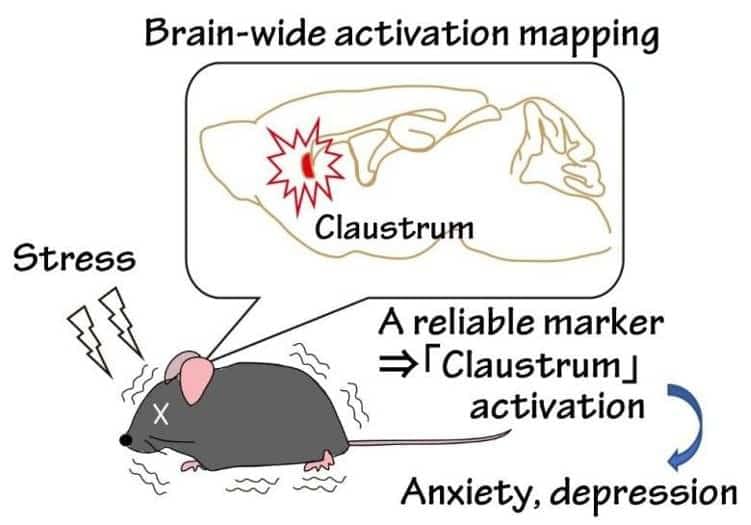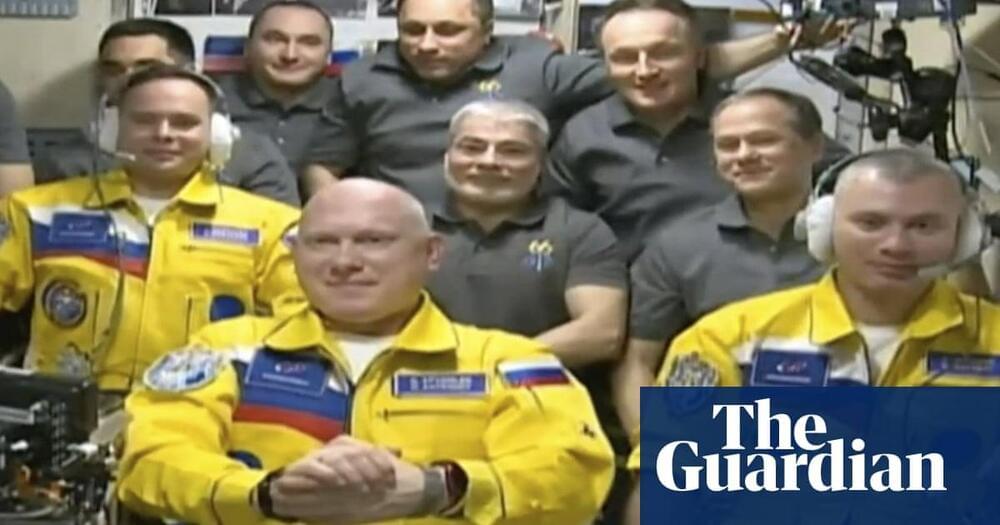Scientists have developed a new artificial intelligence (AI) technology that models and maps the natural environment in intricate detail. Check out how this could help scientists in their work.
Get the latest international news and world events from around the world.


AI drug algorithms can be flipped to generate bioweapons
What can heal can also be used to destroy?
MegaSyn is built to generate drug candidates with the lowest toxicity for patients. That got Urbina thinking. He retrained the model using data to drive the software toward generating lethal compounds, like nerve gas, and flipped the code so that it ranked its output from high-to-low toxicity. In effect, the software was told to come up with the most deadly stuff possible.
He ran the model and left it overnight to create new molecules.
It was quite impressive and scary at the same time, because in our list of the top 100, we were able to find some molecules that are VX analogues

Switching off Specific Brain Cells Protects Against Stress
Summary: Using chemogenetic technology to deactivate a small group of neurons in the claustrum made mice more resilient against chronic stress and reduced anxiety behaviors.
Source: Osaka University.
It is well known that long-term exposure to stress can lead to serious psychiatric problems. However, the precise mechanisms underpinning the stress response have remained elusive.

David Chalmers — Reality+: Virtual Worlds and the Problems of Philosophy
Virtual reality is genuine reality; that’s the central thesis of Reality+. In a highly original work of “technophilosophy,” David Chalmers gives a compelling analysis of our technological future. He argues that virtual worlds are not second-class worlds, and that we can live a meaningful life in virtual reality. We may even be in a virtual world already.
Along the way, Chalmers conducts a grand tour of big ideas in philosophy and science. He uses virtual reality technology to offer a new perspective on long-established philosophical questions. How do we know that there’s an external world? Is there a god? What is the nature of reality? What’s the relation between mind and body? How can we lead a good life? All of these questions are illuminated or transformed by Chalmers’ mind-bending analysis.
Dr. David Chalmers is University Professor of Philosophy and Neural Science and codirector of the Center for Mind, Brain and Consciousness at New York University. He is the author of The Conscious Mind, The Character of Consciousness, and Constructing the World. He has given the John Locke Lectures and has been awarded the Jean Nicod Prize. He is known for formulating the “hard problem” of consciousness, which inspired Tom Stoppard’s play The Hard Problem, and for the idea of the “extended mind,” which says that the tools we use can become parts of our minds.
NASA Releases Details on how Starship Will be Part of its Return to the Moon
The path back to the moon is long and fraught with danger, both in the real, physical sense and also in the contractual, legal sense. NASA, the agency sponsoring the largest government-backed lunar program, Artemis, has already been feeling the pain on the contractual end. Legal battles have delayed the development of a critical component of the Artemis program – the Human Landing System (HLS). But now, the ball has started rolling again, and a NASA manager recently reported the progress and future vision of this vital part of the mission to the Institute of Electrical and Electronics Engineers at a conference.
Kent Chojnacki is the manager of NASA’s Systems Engineering & Integration Office. He recently gave a presentation entitled Human Landing System. While it only ran to six content slides, he provided some more details into how the agency is arranging its work with future contractors developing the part of the Artemis program that will take astronauts down to the lunar surface.
Not only will it take astronauts down to the lunar surface, but the HLS will also serve as their home there – at least at the beginning of the Artemis program. Eventually, the astronauts will build their own homes on the lunar surface. But at least at first, it will have to be capable of carrying all the tools, equipment, and supplies needed to complete any individual Artemis mission.


Calculations provide insight into why sound waves carry ‘negative mass’
A new theoretical study has revealed how sound waves transfer small amounts of mass as they travel. Angelo Esposito, Rafael Krichevsky and Alberto Nicolis at Columbia University in the US have calculated that the transfer occurs even when both quantum and relativistic effects are ignored. Their result implies that current interpretations of the properties of sound waves may need to be rethought.
Physicists still puzzled about how effect can occur in solids.